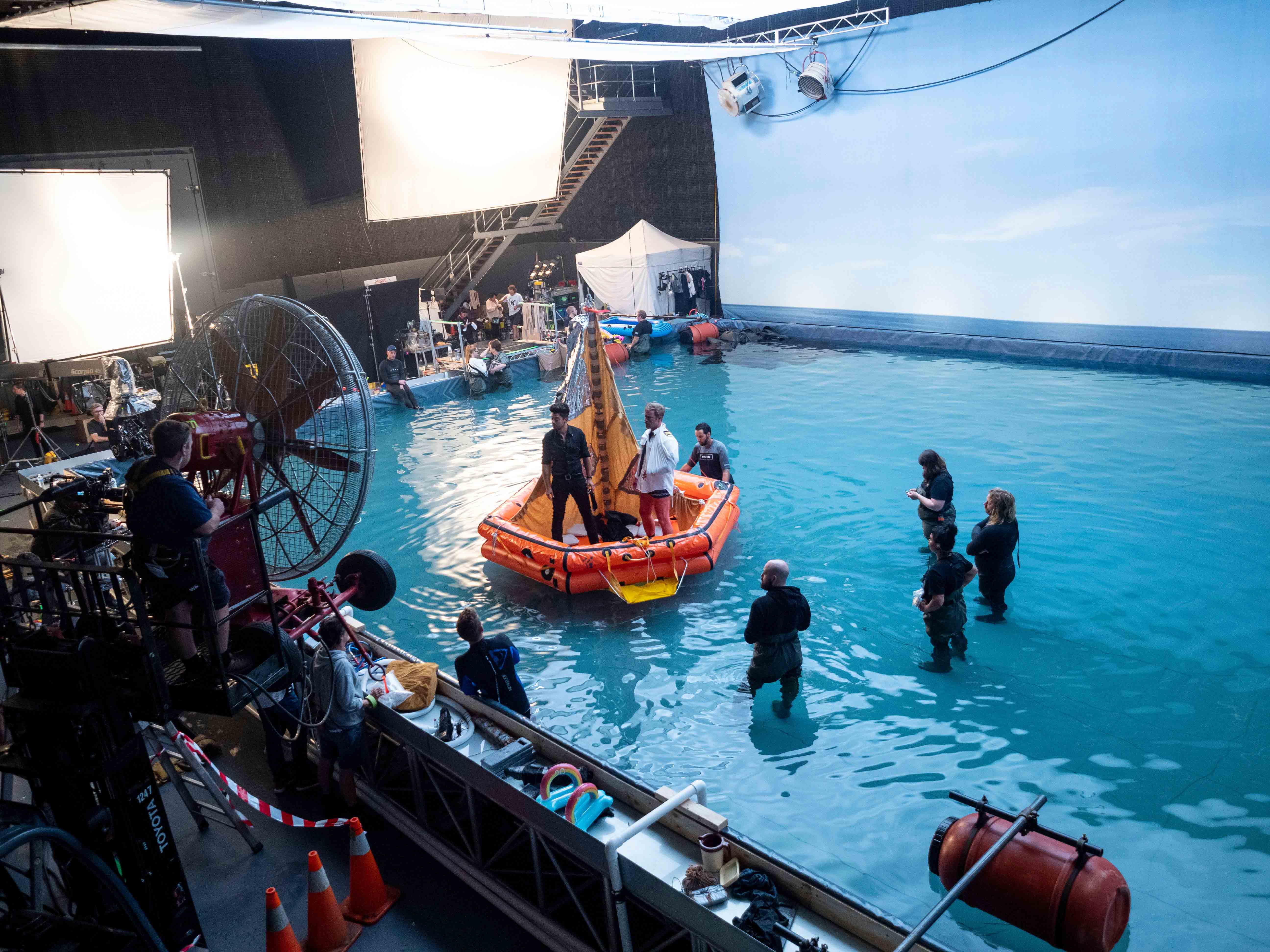21 July 2020
4 min read
#Technology, Media & Telecommunications
Published by:

The Australian Government has announced an additional AU$400 million in funding for the Location Incentive Program (Incentive) and an extension of the Incentive until 2026-27 in order to attract large budget footloose international films and television projects to shoot in Australia.
The Incentive operates to top-up the Location Offset, which provides a rebate (in the form of a refundable tax offset) of 16.5 per cent of Australian production expenditure on large budget films and television projects, to 30 per cent of that expenditure.
Eligibility and justification
To qualify for the Location Offset and the Incentive, a film or television project must have Australian production expenditure of at least AU$15 million. In addition, a television series must have Australian production expenditure of at least AU$1 million per hour.
To be eligible for the Incentive, a film or television project must:
The announcement by the Australian Government, which was made jointly by the Prime Minister, Scott Morrison, and the Minister for Communications, Cyber Safety and the Arts, Paul Fletcher, emphasises the “thousands of jobs” which the Incentive will create for “carpenters, lighting technicians, local actors, set designers, extras, crew and special effects experts” over the next seven years. The announcement states that the Incentive will attract an estimated AU$3 billion in foreign expenditure over the life of the program, and will create 8,000 new employment opportunities for Australians each year.
The Prime Minister also linked the Incentive to the Australian Government’s COVID-related employment scheme called JobMaker. “This incentive is key to our JobMaker plan to create jobs, boost local business activity, and provide training and skills”, Mr Morrison said.
The Minister for Communications, Cyber Safety and the Arts, Paul Fletcher said that the expanded Location Incentive Program was “designed to attract back-to-back productions and establish an ongoing pipeline of work for Australia’s screen sector, which will strengthen the local industry and provide certainty for businesses to invest in skills and development”.
The Location Offset and Location Incentive
The Location Offset (which was originally called the 12.5 per cent Refundable Tax Offset for Large Budget Films) was introduced in 2001 and provided a rebate of 12.5 per cent of Australian production expenditure. The percentage rebate was increased to 15 per cent in 2007 and to 16.5 per cent in 2011. However, even at that level the screen industry argued that the Location Offset was not competitive with incentives offered by other countries to attract large budget “footloose” production.
So from 2012, the Australian Government commenced to provide one-off payments to certain offshore films and television projects which had the effect of providing a total rebate of 30 per cent of Australian production expenditure for those projects. Then in May 2018, the Australian Government announced an AU$140 million merit-assessed grant called the Location Incentive to be available over four years from 2019 to 2023 to top up the Location Offset for certain projects to 30 per cent. Last week’s announcement substantially increases the funding and duration of the Incentive.
Successive Australian Governments have preferred the approach of topping-up the Location Offset to 30 per cent with one-off payments or, subsequently, the Incentive, rather than increasing the Location Offset to 30 per cent. This is presumably because the total cost of the Incentive is capped whereas the funding provided by the Location Offset and other offsets is uncapped.
Review of Australian screen content obligations
In March this year, the Australian Government released an options paper called “Supporting Australian stories on our screens” which was co-authored by Screen Australia and the Australian Communications and Media Authority.
The paper outlines four indicative models for change to the current arrangements of government intervention and support for Australian screen content and stories, ranging from status quo to significant, as well as the option of deregulation. The options paper seeks submissions on the level of the offsets which provide rebates for screen production, as well as on other support mechanisms for Australian screen content, including quotas.
Last week’s announcement of an additional AU$400 million funding of the Incentive appears to mean that the Government has decided to not increase the percentage rebate provided by the Location Offset. However, other changes to the offset regime, including to the Producer Offset, still appear to be possible and the announcement also appears to not otherwise impact the Government’s review of Australian screen content obligations.
Author: Ian Robertson AO
Disclaimer
The information in this publication is of a general nature and is not intended to address the circumstances of any particular individual or entity. Although we endeavour to provide accurate and timely information, we do not guarantee that the information in this newsletter is accurate at the date it is received or that it will continue to be accurate in the future.
Published by: